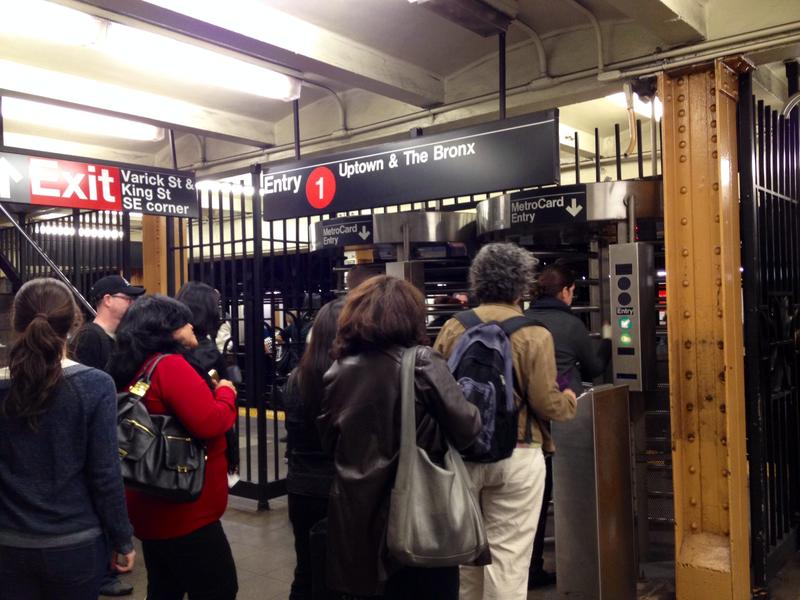 Transportation Nation
Transportation Nation
The Heir to the MetroCard Inches Closer to the Turnstile

Earlier this year, the MTA issued a request for proposals for a new fare payment system.
As the agency envisions it, the replacement to the MetroCard — which itself began taking over from the token in 1994 — aims to do away with (the often frustrating act of) swiping by embracing an open payment system.
Translation: transit passengers of the future will be paying their fares via credit and debit cards and cell phone apps like Apple Pay. (The agency has long said it wanted to "get out of the business of issuing the fare payment mechanism.")
The MTA recently closed the bidding process. The agency won't reveal details while it evaluates prospective vendors, but one company vying for the contract is making itself known: Cubic Transportation Systems. The company created the MetroCard, and also helped develop Chicago's Ventra payment system — as well as London's Oyster Card, considered a game-changer in the transit world for allowing riders to tap their way across many forms of transit. On Wednesday, Cubic entered into a licensing deal with Transport for London, giving the company the ability to market that technology to other transit systems. They hope one of them is New York's.
Matt Cole, president of Cubic, said when it comes to fare collection, lots of cities use tap-and-go cards. But what the MTA wants to do "is basically to leapfrog through that technology, kind of skipping over that generation of smart card system."
But not for some time. Subway riders will still be swiping until at least 2018, which is when the MTA anticipates starting to phase out the MetroCard.